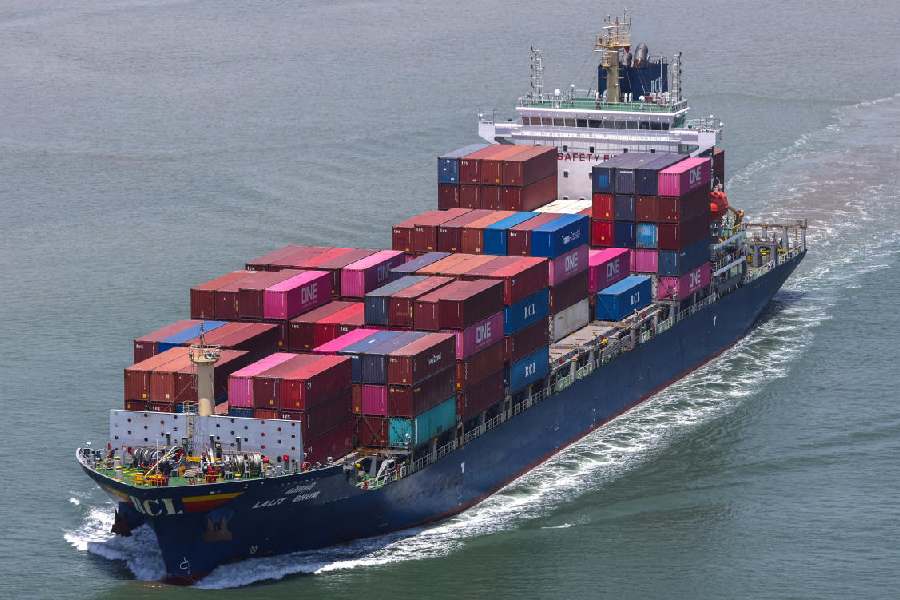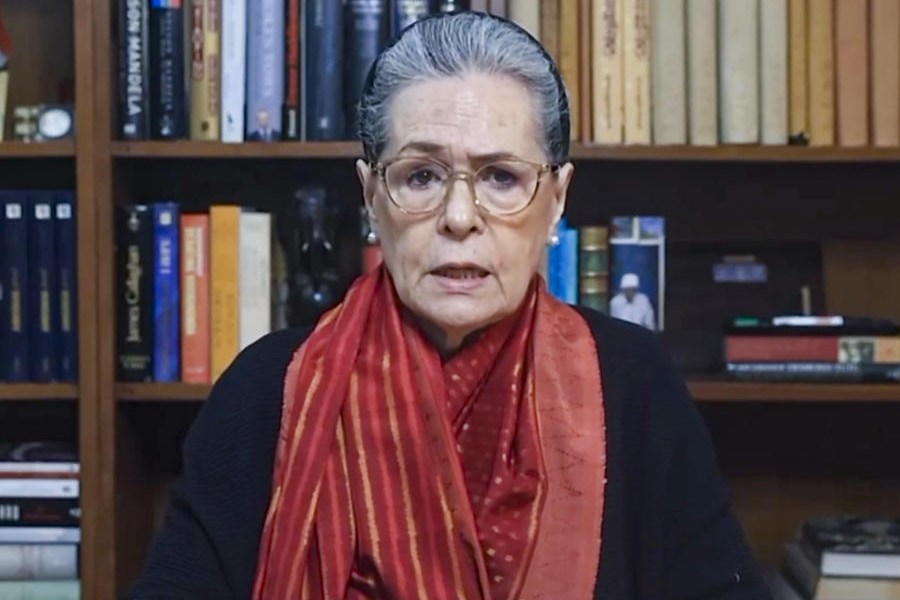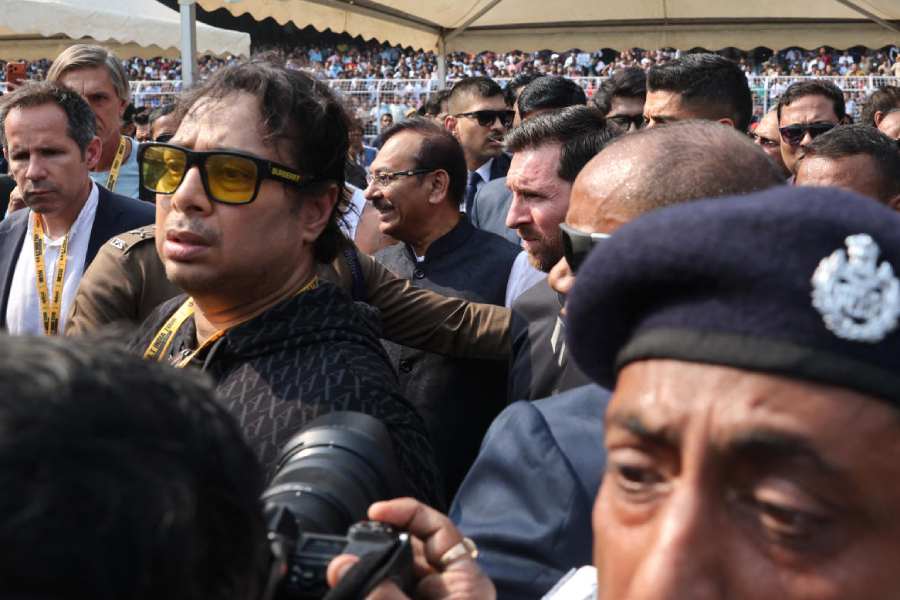In his first term, President Donald Trump forced companies to kick their dependence on China. Now he is pressing countries to squeeze China out of their supply chains.
A preliminary trade pact between Vietnam and the US announced on Wednesday is the most significant step so far towards that goal. Although the details are sparse, Vietnamese exports to the US will face a 20 per cent tariff, less than a much higher rate that Trump had threatened.
But notably, the deal would put a 40 per cent tariff on any export from Vietnam classified as a transshipment, or goods that originated in another country and were merely passed through Vietnam.
The penalty aims at China, which has used Vietnam and neighbouring countries to circumvent American tariffs on its goods. And it could become a feature of US trade deals with other Southeast Asian governments as they try to avert sky-high tariffs that take effect on Wednesday.
Trump’s trade negotiators are pushing Vietnam’s export oriented neighbours like Indonesia to reduce how much Chinese content is in their supply chains. They are asking the government of Thailand to screen incoming foreign investment, hoping to stop Chinese businesses from moving into the country. They are even pressuring some countries to consider export controls of technology like semiconductors.
“The Trump administration is saying, ‘We need to see strategic decoupling if you are going to be a trade partner with the US’,” said Steve Okun, chief executive of APAC Advisors, a geopolitical consulting firm. “The question is, will countries agree to that?”
The US efforts to sequester China heightens the vulnerabilities faced by countries in Southeast Asia, a strategically important region for Beijing and already on the frontline of China’s domination of global trade and manufacturing. On Thursday, China’s commerce ministry said it was “conducting an assessment” of the US-Vietnam agreement, adding that it firmly opposed any deal that came “at the expense of China’s interest” and would “take countermeasures to safeguard its legitimate rights and interests”.
The trade terms that the US and Vietnam have so far agreed to will also hinge on how they are defined — for example, how much Chinese inputs will be allowed in Vietnamese exports, and how they will be enforced.
Vietnam had everything to lose going into trade talks with the US. Trump threatened the country with an import tax of 46 per cent on its goods, sending shock waves through industries like footwear, garment and electronics that have come to depend on the country as an alternative to China.
The uncertainty caused by Trump’s threat of tariffs was weighing on Vietnamese businesses.
A 20 per cent tariff was not anyone’s best-case scenario, said Tran Quang, an executive at a home fragrance company that exports nearly all of its products to the US. “But it is not so bad,” he said.He added that he supports the steeper duty on transshipment because it could help local Vietnamese businesses facing unfair competition from Chinese companies that have invested in Vietnam to escape tariffs.
“There are a lot of small Chinese guys who come to Vietnam just to relabel their products before exporting to the US,” he said.
Trade and investment from Chinese companies has helped bolster economic growth in Vietnam and the region, but Southeast Asia is struggling to beat back the torrent of goods from China that are putting domestic companies out of business. In recent years, with China’s economy threatened by a real estate crisis, the government has heavily subsidised factories leading to a surge in Chinese exports around the world.
But limitations on China’s trade in the region risk setting off chain reactions that could damage Southeast Asian countries.
The lack of information so far released about the Vietnam deal make it impossible to fully gauge its impact, experts said. Transshipment could refer to products that originate in China. It could also include things that are made in Vietnam but have a certain percentage of Chinese parts.But if the limits on Chinese components end up being strict, American companies could move their production out of Vietnam, said Matt Priest, chief executive of the Footwear Distributors and Retailers of America, a trade group.
The pact with Vietnam also leaves uncertainty for businesses as they wait to see what kind of tariffs and restrictions on China other Southeast Asian countries agree to in potential deals with the Trump administration.
New York Times News Service











